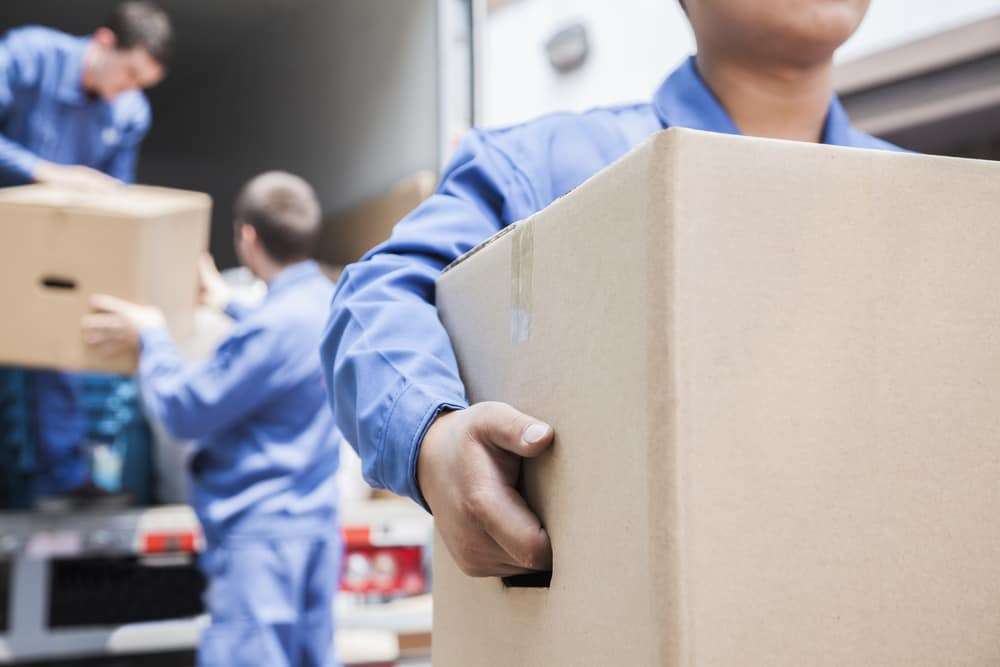Moving, even a local move right here in the Mason area, comes with a unique set of challenges. It is a massive project that touches every single corner of your life. While the decision to hire professionals is a smart one, saving your back and your sanity, the burden of packing still falls largely on the homeowner.
For those planning to relocate within Warren County or the greater Cincinnati area, getting organized before the truck arrives is the single most effective way to ensure a smooth, low-stress moving day. Professional moving companies Mason Ohio relies on often share a common piece of advice: a good move starts with good packing. It is not just about putting things into boxes; it is about creating a system that makes the loading, transport, and, most importantly, the unpacking process efficient and painless.
This guide shares the best practices used by seasoned movers and organized homeowners to turn a mountain of belongings into manageable, protected, and clearly defined containers.
The Pre-Packing Phase: Start Small and Declutter
The best packing strategy begins weeks, or even months, before the first box is taped shut. Before you buy any supplies, you need to lighten the load. This is the time to be ruthless about decluttering. Every item you choose to move costs you time, energy, and potentially money.
The process should be simple, sorted into three piles: Keep, Donate/Sell, and Trash. Start with areas that you use infrequently, such as the guest room closet, the attic, the garage, or storage bins. Getting rid of non-essential items early provides a mental boost and physically reduces the scale of the packing project ahead.
Once you have a final inventory of items you plan to keep, you can accurately estimate your packing material needs. Do not wait until the last minute to buy boxes; it is a mistake many people make. Secure plenty of high quality boxes in a variety of sizes, good packing tape, bubble wrap, and an ample supply of fresh, clean packing paper.
The Room-by-Room Method for Total Organization
The most consistent advice from experienced movers is to pack one room at a time and resist the urge to mix contents. A box that contains kitchen utensils and bathroom towels is the enemy of efficient unpacking.
The Kitchen: Heavy and Fragile
The kitchen is often the most time consuming room because of the sheer variety and fragility of its contents.
Small Boxes for Heavy Items: A common packing mistake is using a giant box for heavy items like books, canned goods, or plate sets. The box becomes too heavy for one person to lift safely, increasing the risk of damage or injury. Use the smallest, sturdiest boxes you have for these things.
Wrap and Cushion: Every fragile item, from plates to mugs, needs to be wrapped individually. Use packing paper, not newspaper, which can leave ink stains, to wrap dishes and glassware. Stack plates vertically, like files in a cabinet, rather than flat in a pile. They are less likely to break during transit. Use crumpled paper or towels to fill empty spaces in the box so nothing shifts.
The Office and Bookshelves: Density Management
Books, files, and office supplies are notoriously heavy. Use small, reinforced boxes for books, and try to keep files organized in file boxes if possible. Before packing, take photos of your electronic setups, like your computer connections, so reassembling everything at the new place is much easier.
Remember to keep extremely important documents, passports, birth certificates, medical records, financial papers, in a separate, clearly marked box or container that you transport yourself. These are things you never want to accidentally hand over to the moving crew.
Closets and Dressers: Maximizing Efficiency
Wardrobe boxes are a smart investment, especially for local moves. They allow you to transfer hanging clothes directly from your closet to the box, saving you the time and hassle of folding and re-hanging everything.
For clothes in dresser drawers, many professional moving companies Mason Ohio services recommend leaving items that are not fragile, such as sweaters, socks, and t-shirts, inside the drawers. This saves time and boxes, provided the dresser itself is sturdy enough to be moved with contents. Always check with your specific mover about their policy on this, as some companies have restrictions on moving fully loaded furniture.
Labeling: Your Unpacking Roadmap
Even the most perfectly packed box is useless if you do not know what is inside it or where it belongs. Detailed and clear labeling is arguably the most critical step in the entire process.
The Two-Part Labeling System
- Identify the Destination Room: Use a large, thick permanent marker to write the destination room on at least two sides and the top of the box. Do not just write on the top. When boxes are stacked in the moving truck or in a room, you need to be able to see the label from the side. Write KITCHEN, MASTER BEDROOM, or LIVING ROOM clearly.
- Describe the Contents: Below the room name, write a concise description of the contents. Be specific: Everyday Dishes & Mugs, Winter Sweaters & Accessories, or Tax Files & Printer Paper. If the contents are essential or fragile, add a large notation: ESSENTIAL or FRAGILE! GLASSWARE.
Color coding can be an extra layer of organization. Assign a color to each room, for example, a red sticker for the kitchen, blue for the master bedroom, etc. This helps the moving crew quickly identify where a box belongs at the new house with a quick glance. The easier you make it for them to place boxes in the correct room, the faster your move will go, and the easier your life will be when it is time to unpack.
The Essentials Box: Your First Night’s Survival Kit
One box should be packed last and unpacked first. This is your “Essentials Box.” It contains everything you need to function for the first 24 to 48 hours in your new home. This box should travel with you in your personal vehicle, not on the moving truck.
A good essentials box includes:
- Toiletries: Toothbrushes, soap, shampoo, and a roll of toilet paper for each bathroom.
- Basic Tools: A utility knife, a pair of scissors, a screwdriver, and a hammer for opening boxes and light assembly.
- Snacks and Water: Non perishable snacks and bottled water for the family and crew.
- Medications: Any prescription medications you or your family need.
- Linens: A set of sheets, pillows, and towels for everyone.
- Chargers: Phone and laptop chargers.
- Paperwork: Your new house keys, lease, moving contract, and other immediate paperwork.
This single box is a small act of planning that provides an enormous return in comfort and stress reduction on moving day. When the truck pulls away, you will not be searching frantically for your phone charger or a roll of toilet paper.
Communication and Moving Companies Mason Ohio
Your preparation is invaluable to the professional moving companies Mason Ohio residents choose. Before moving day, clearly communicate any special needs to the movers. If you have an upright piano, large artwork, or a gun safe, the company needs to know in advance so they can allocate the proper equipment and crew size.
When the moving crew arrives, do a walk through with the foreman. Point out the boxes that contain fragile items, show them your “Do Not Move” pile, and explain your color-coding or labeling system. The few minutes spent clarifying the plan up front will save hours of confusion later.
Moving is a huge undertaking, but it does not have to be chaotic. By approaching the packing process with a clear strategy, a willingness to declutter, and a rigorous labeling system, you transform the job from a logistical nightmare into an organized transition. Your careful preparation is the key that unlocks a smoother, calmer, and ultimately more successful move into your new home.



































